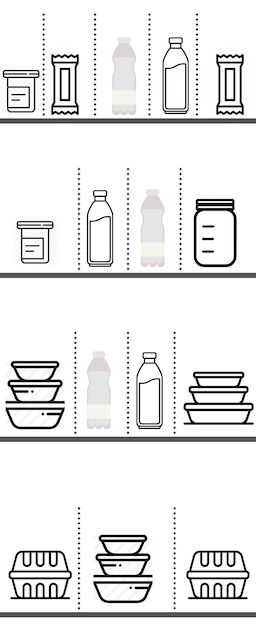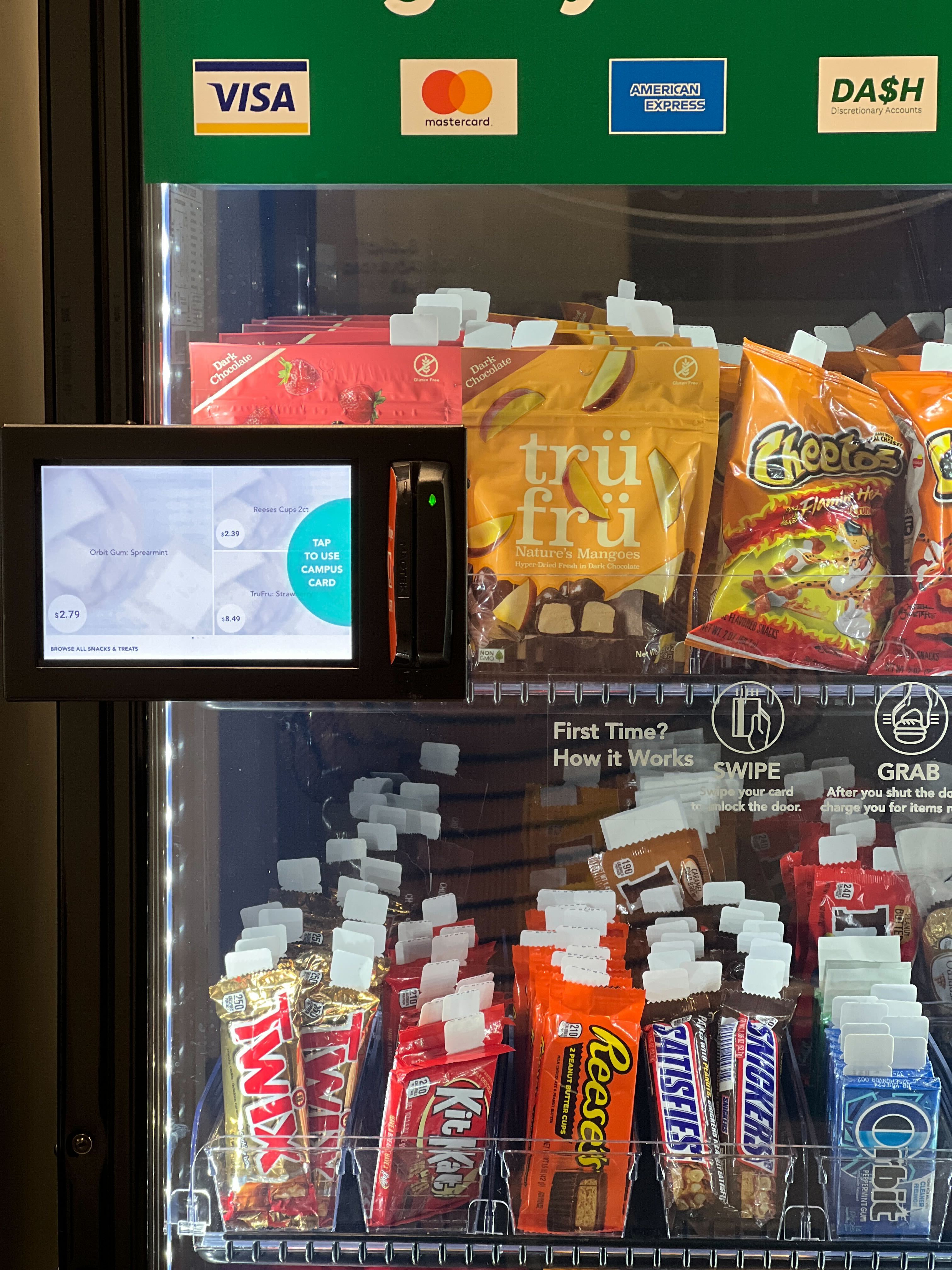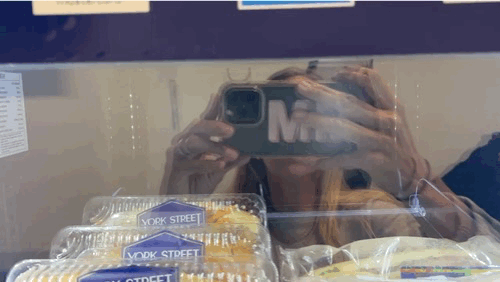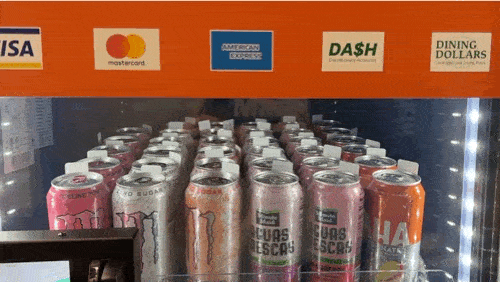Using the Dashboard
Summary
Stores
Stores Tab Overview
Stores > Status
Stores > Technical
Stores > General
Web Based Store Inventory / Online Menu
Download a Pick List for easy restocking
Stores > Restock
How To Set Pars
Sales Tax
What is a KID?
Stores > Discounts
Stores > Financial
Products
Export Lots as CSV
Products > Transactions
Delete/Undelete (or Archiving) a Product
How to repurpose tags
How to Bulk Import Products
Products Overview
Products > Tag Orders
Export EPC Inventory
Products > Inventory
Add a Product
Products > Details
Tags
Transactions
Understanding Transaction Preauthorization and Processing Times
Transaction status definitions
Transactions > Logs
Coupon Reporting
Transactions > Customer Emails
Edit the default preauthorization amount
How to adjust a transaction or process a refund
How to View Transactions & Transactions Overview
How to Export Transactions for Enhanced Sales Analysis
How to prevent mischarges
Feedback
Discounts
Discounts > Add a Happy Hour Discount
Discounts > Add a Standard Discount
Discounts Overview
Discounts > Creating Coupons
Discounts > Add a Shelf Life Discount
How to redeem a coupon
How to end a Discount
Financials
Settings
Getting Started
Remittances
Transactions included in a remittance
Remittance Processing Schedule
How do I provide my banking information?
Ordering Tags
Restocking Product
Setting Up Your New Store
How to restock a Byte store
Setting up your store to be NAMA-certified
Custom graphics install instructions
Branding your store
Setting up your Byte Technology store
How soon will I receive my store?
Standard Byte Store Specs
Tagging Best Practices
Tagging Frozen Food
Tagging drinks
Tagging Non-Perishable Products
Product tagging best practices
Tagging sandwiches, wraps, and burritos
Tagging snacks or soft packaging
Tagging soups or yogurts
Tagging salads & hard packaging
Are RFID tags microwave safe?
Merchandising best practices
Test and verify inventory
Tagging heatable entrees
Tagging aluminum cans and foil-lined products
Dashboard Onboarding | A self-guided training
1. Introduction to Byte Technology Dashboard
2. Overview of Summary Page + Navigation Bar
3. Stores Section Overview
4. Products Section Overview
5. Transactions Section Overview
6. Feedback
7. Discounts Section Overview
8. Financials Section
9. Settings
10. Congratulations
Campus Card Stores
Byte Store Dimensions/Store Types
Troubleshooting & FAQs
Connectivity
How to Install an OptConnect Cellular Device on a Byte Store
Ethernet setup and networking requirements
Transactions made while store is offline
How do I get a store back online?
Code 400C
Code 600
Code C
Code E
No IP / Red or Yellow Border
Code 200
Sending Remote Commands
Screen Issues
Store Temperature
🧊 Why Your Dashboard May Show a Higher Temperature or “Too Warm” Status
Adjusting the store temperature
Inventory
Antennas in the Byte Store - Where to Place Your Products
Customer Inquiry: Need Help With Your Transaction?
Code 400
Door Lock Issues
Open a CSV file in Excel or Google Sheets
How to Reach Support
Combatting Theft With Your Byte Store
Error Codes: Out of Service Troubleshooting Guide
- All Categories
- Getting Started
- Tagging Best Practices
- Merchandising best practices
Merchandising best practices
Similar to a restaurant or a cafe with a written menu for the customer to select from, you are showcasing the products on the shelf and the menu screen. Without a retail associate to encourage a sale, you will want your products to draw in the customer to purchase - both visually (how they are displayed) as well as informationally (the data you provide via the menu).
A few things to keep in mind:
- How do you want the overall Byte store to look?
- Compare your product mix to what you see at a grocery store or at your favorite retail store
- Create a mix of item types on each shelf (a drink to go with that salad)
- Make sure the size of packaging will fit within a Byte store's open shelving
- Will the restocker be able to merchandise items easily over time?
- Where will you position items with a short vs long shelf life?
The open shelving of Byte stores and the flexible nature of the Byte platform, allow you to sell a wide range of products. There are some guidelines to ensure the products are read accurately by the Byte store's antennas to ensure inventory is accurate.
Merchandising Guidelines
- Antennas read RFID tags from above, so the tag should be placed toward the top of the product
- Place drinks or taller items in the middle lanes as much as possible
- Metal cans should be distributed in lanes instead of merchandise to take up an entire shelf
- Place snacks and smaller items on the top shelf
- Tags should not have products stacked on top of them and should not be sandwiched up against the wall
- Create a line of sight from the tag to the sensor suspended above the shelf
- Tags should never be folded (exception: use of Metal Safe Tags)
- Tags should never be reused after they've been stocked in a Byte store
Sample Planogram

Examples of correct merchandising:
Entire Store |  |
Close-up of snacks |  |
Sandwiches and wraps |  |
Drinks |  |
What makes these examples the correct way to merchandise?
All of the tags are up, off of the product, and the products are all positioned upwards. All of the products are positioned in a fashion for the RFID scanners to be able to read the tags. This will help readability and increase inventory amount available in the store.